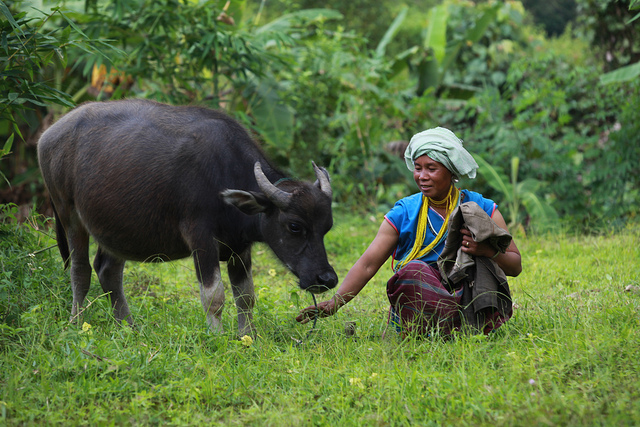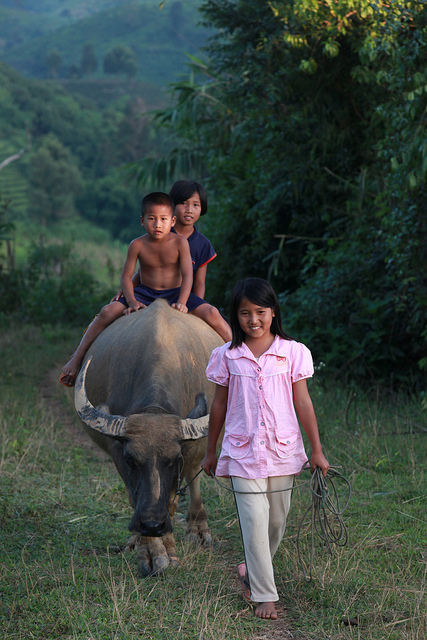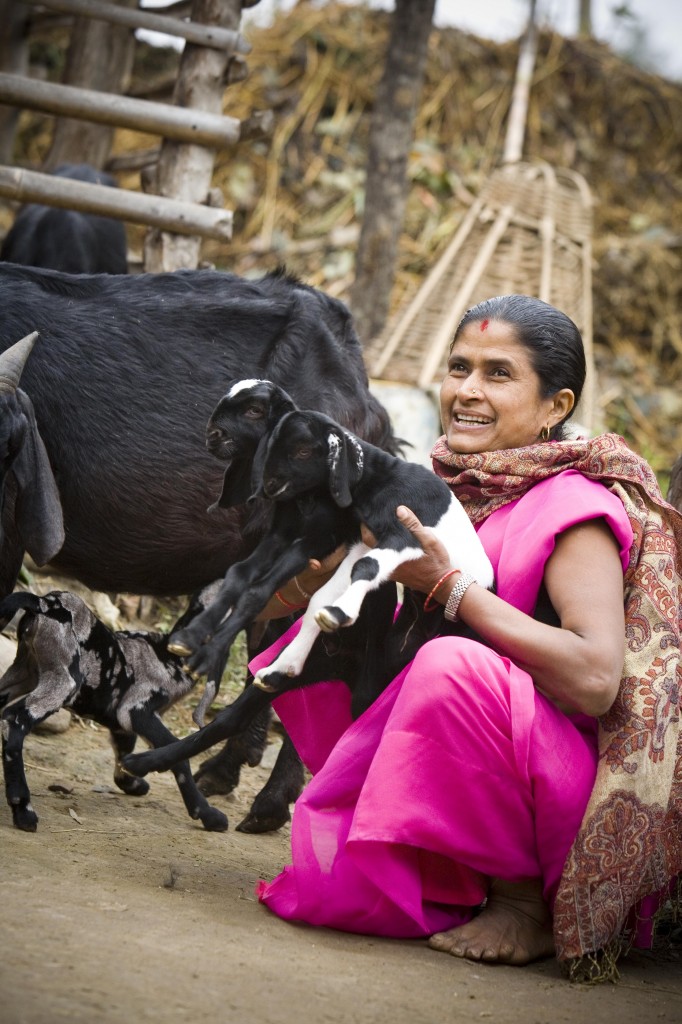Yesterday I wrote about how important measuring impact is to demonstrating Heifer's success, as well as ensuring our projects are on track. Today, I want to share with you how Heifer's work with livestock is managed in a way that cares for the animals without jeopardizing the well-being of our project families or their environment.
We’ve all witnessed the growing conversation about animals in agriculture, from their impact on the landscape to their appropriateness in a fast-changing world. Because livestock are at the very core of much of how Heifer works with families, these are issues we have thoroughly researched and have strong feelings for.
Here in the United States, in light of the drought that some of the country is still suffering, there’s the renewal of the livestock and feed vs. food debate. That’s been a topic in Heifer communities for years, so managing food needs for animals, family food needs and care for the environment has been critical for us to get right.

Core to our work are appropriateness and application. In the United States, where we have easy access to fuel, mechanics and spare parts, mechanization makes sense. But that is not the case in most of Africa or Asia, where a water buffalo is a living tractor. Without the draft animal, there would be fewer crops, fewer acres plowed, fewer goods to eat or market.
So, we teach farmers to grow fodder for their animals that doesn’t compete with the human food chain, and to feed animals in place through zero-grazing pens. Impact on land is minimized, and the health of the animals is protected, even enhanced. Livestock can eat foodstuffs not fit for people, so there is rarely competition as we see here.

There also is the difference that for most of our participant families, animals are part of their culture, their lifeblood. As one of our Thai farmers told us, “If I die, my family will weep for me. If my water buffalo dies, my family will starve.” There is no feed vs. food debate there—they are interdependent and lifesaving.
Animals are an integral part of the value chain for much of the world as well. In Nepal, for example, the demand for goat meat significantly exceeds the country’s current production capacity. It exceeds even the supply when it is supplemented by exports from India and Bangladesh. So the key is to help Nepali farmers produce more and better goat meat, boosting supply and the market chain.
That is behind one of our programs in Nepal, to help 148,000 families—women-led—to improve productivity, and then to help them connect to markets for the milk and goat meat. Much of the work will be done through farmer-owned co-ops that will help participants increase farm production, reach markets, access financial services and create business opportunities.

The goal of the work is to empower these families, as well as “pass on” families to become self-sustaining and to build small businesses. The project will help these farmers help their countrymen and women by reducing the importation of goats from foreign sources by 30 percent and importation of milk by 10 percent, building their own economies as well as the country’s economy.
But as I noted Friday, economic improvement by itself is unsustainable, so at the same time we are helping these farmers improve their production, we are providing training in the Cornerstones so that as they are securing their financial future, they are building the community development framework to provide “collective impact.”
Come back tomorrow to the Heifer Blog to learn how collective impact is integral to the way Heifer works around the world.